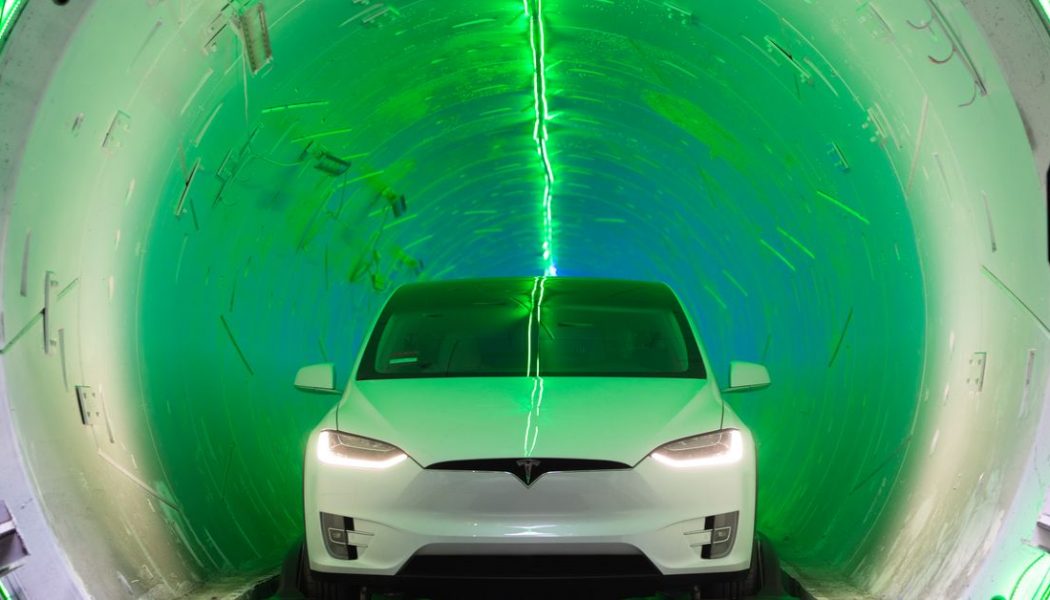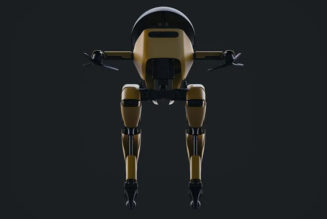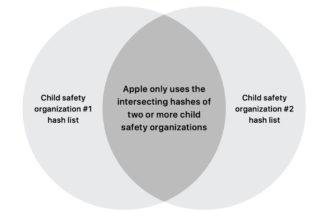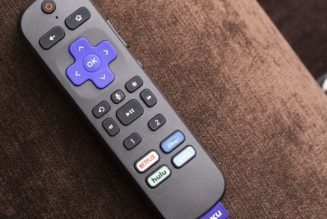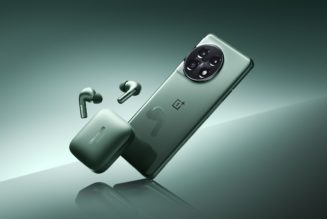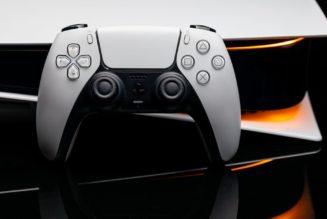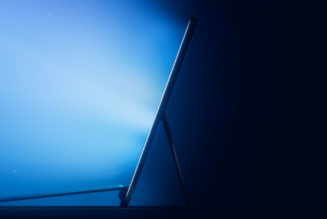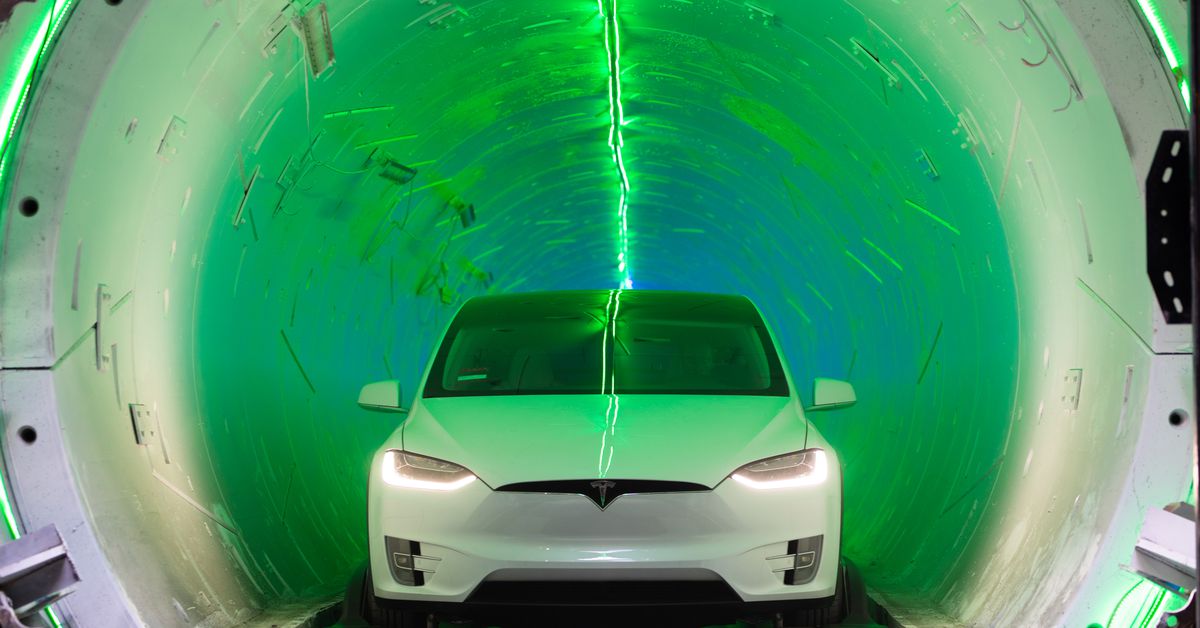
Elon Musk’s Boring Company has completed digging a second tunnel underneath the Las Vegas Convention Center, marking the end of the first phase of the $52.5 million project to build a “people-mover” system to shuttle visitors from one side of the venue to the other. The first of the two tunnels was finished in February.
Workers will now turn their attention to completing the above-ground passenger stations on either end of the tunnels, as well as a third underground station in the middle of the system. The people-mover, which is being formally called the Convention Center Loop, is still scheduled to open to the public in January 2021 in time for the next Consumer Electronics Show — if CES happens, that is.
Once completed, the people mover will be The Boring Company’s first commercial transportation project in operation, following only a test tunnel next to SpaceX headquarters in Hawthorne, California. The Loop is supposed to be able to move more than 4,000 people per hour through the tunnels in a variety of Tesla vehicles, taking a cross-campus walk that normally takes at least 15 minutes and turning it into a ride that lasts less than two minutes.
The Loop will pack those passengers into Model 3s, Model Xs, and a “tram” built on the Model 3 platform that can fit between 12 and 16 passengers, according to Steve Hill, the CEO and president of the Las Vegas Convention and Visitors Authority, who spoke to The Verge this week. His organization runs the convention center.
Those vehicles will eventually zip through the tunnels autonomously, but they will start off with drivers, Hill said. After that, the vehicles will follow “conduit” and sensors that are being laid in the tunnels — so they’ll appear to be autonomous but won’t actually be driving themselves. “Whenever we get to the point where we know that [it’s safe to let the vehicles drive themselves],” Hill said, “that’s when we’ll take that step. But there is not a deadline for making that happen.”
Hill also said that the project has so far not been affected by the novel coronavirus pandemic. But if the 2021 Consumer Electronics show is canceled or delayed, Hill said the LVCVA and The Boring Company will wait until the next available trade show to open the Loop up to the public. (Though he says there “might be a car or two available if necessary” to move “employees of LVCVA from one end of the campus” in the meantime.)
The Loop is not really meant to serve as public transportation. Instead, Hill says, it’s an amenity for convention-goers, and for prospective customers. It’s also going to be offered as a free service, meaning the LVCVA considers the $52.5 million it’s spent on the project so far — $48.6 million of which has gone to The Boring Company — a sunk cost, according to Hill.
“It’s here for the benefit of the [trade] shows, so it’ll ramp up capability while [they’re] here,” he said. “Between those times, it’ll ramp way back down to a car or two available if somebody needs one.”
Hill said the LVCVA and The Boring Company will use the time between when the tunnels are completed and when they open to the public to test out the technology. (“We certainly would not have attendees of the shows be a part of a test process,” he said.) Ideally, Hill said, the LVCVA will eventually find a way to use The Boring Company’s technology to help support the other transportation options in the city of Las Vegas.
“We’ve got a growing city and growing tourism base and we need all the options that are reasonably available in order to move folks, so we think all of those different options are important to maintain,” he said. “And this is just going to be one more really fun one to add to the list.”
